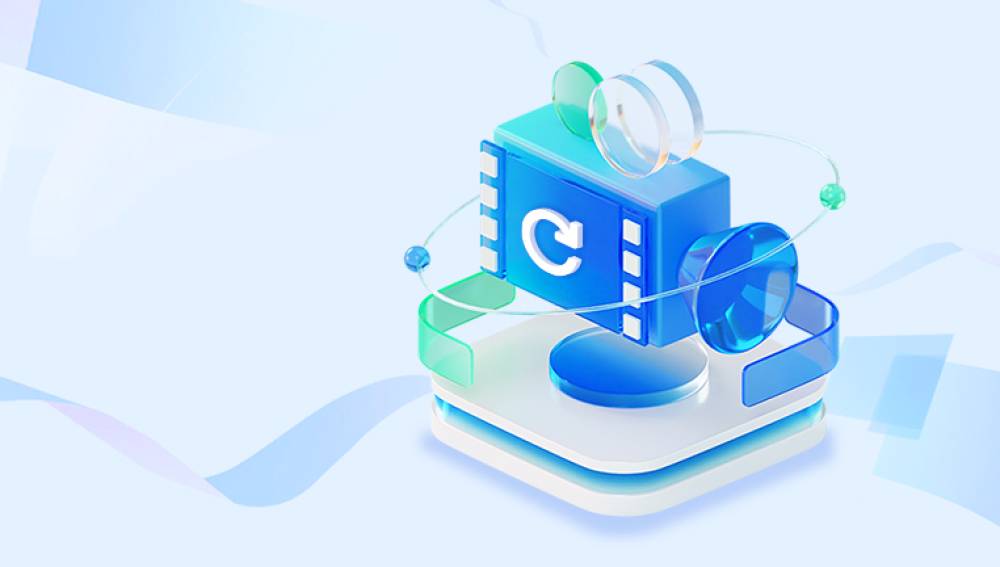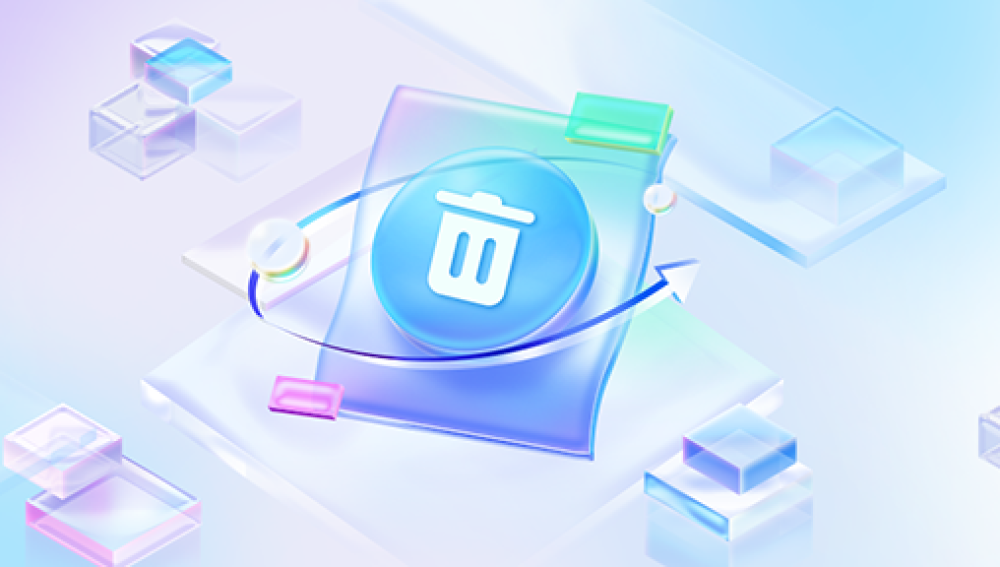This is a common frustration for users who’ve retrieved files using data recovery software or restored them from damaged drives or memory cards. The video file is back, it’s the right size, it has the right extension but double-clicking it does nothing, or worse, causes an error.
Corrupted File Headers: Video files have metadata that tells media players how to interpret the data. If the header is damaged, the file won’t load properly.
Missing Codecs: If your system doesn’t have the right codec for that particular format, playback will fail.
Incomplete Recovery: The file may not have been fully recovered, especially if the drive had already overwritten parts of the data.
File Fragmentation: On many storage systems, especially HDDs and memory cards, video files are saved in non-contiguous fragments. Data recovery software may not always piece them back together properly.

Unsupported Format: The video file might be using a container or codec that isn’t supported by your media player.
Bad Sectors or Media Damage: If the recovered video came from a damaged device, the data might still be partially unreadable.
Each of these issues requires a different approach. Let’s explore the solutions.
Step 1: Confirm the File Was Fully Recovered
Before diving into technical fixes, make sure the recovered video file was restored completely.
Check the File Size: If your original video was, say, 1GB, and the recovered version is only 5MB, it’s likely incomplete.
Compare with Similar Files: Look at other videos from the same camera or device to see what a healthy version of the file should look like.
Check File Extension: The recovery software might have added the wrong extension or none at all. Confirm that it matches the expected format.
If the file is unusually small or blank, recovery may need to be repeated using different software or deeper scan settings.
Step 2: Try a Different Media Player
Sometimes, the problem isn’t the video file—it’s the player you’re using.
Download VLC Media Player: VLC is the most versatile free media player and supports nearly all formats and codecs. It can often play videos that Windows Media Player, QuickTime, or others can’t.
Drag and Drop the File into VLC rather than double-clicking it.
Try PotPlayer or KMPlayer: These players are also known for supporting corrupted or obscure video formats.
If VLC or another advanced player can open the file, it may still show playback issues—like audio playing without video, stuttering, or crashing. That leads us to more in-depth repair options.
Step 3: Fix Missing Codecs
Even with VLC, sometimes codec issues can cause playback failure.
Install Codec Packs: On Windows, download and install a full codec pack like K-Lite Codec Pack. This provides system-wide support for many video formats.
Use MediaInfo: A tool like MediaInfo can analyze your file and tell you exactly what codecs it uses. Download it, open your video file, and check for:
Video codec (e.g., H.264. HEVC)
Audio codec (e.g., AAC, MP3)
Container format (e.g., MP4. AVI, MKV)
Once you know the codec, you can find a compatible player or converter.
Step 4: Use Video Repair Tools
Drecov Data Recovery
Drecov Data Recovery is a powerful tool designed to retrieve lost, deleted, or formatted video files from hard drives, SD cards, USB drives, and other storage devices. While recovery often feels like a major win, many users run into a frustrating issue: the recovered video file won’t play. This is a common situation, and fortunately, Drecov Data Recovery offers support and recommendations to help resolve it.
Recovered video files may not play due to partial recovery, file corruption, or missing codec information. In some cases, the file structure is incomplete, especially if the video was fragmented or stored in bad sectors on a damaged drive. Even if the file extension looks correct, the internal data may be unreadable without repair.
If your recovered video won’t open, Drecov Data Recovery recommends first trying a reliable media player like VLC, which can handle many video formats and often plays partially corrupted files. If the file still fails, consider using a specialized video repair tool. Drecov Data Recovery supports integration with popular repair software that can rebuild damaged headers, fix audio-video sync issues, and recover content using a sample video from the same device.
To improve recovery success, users should avoid using the affected storage device after deletion to prevent data overwriting. Also, using Drecov Data Recovery’s deep scan mode increases the chances of restoring playable video files, especially large ones like MP4 or MOV.
Step 5: Convert the Video Format
Sometimes, simply converting the file to a different format can “shake loose” playback issues.
Use VLC to Convert:
Open VLC > Media > Convert/Save
Add your corrupted file
Choose a different output format (e.g., convert MOV to MP4)
Use HandBrake:
This free tool converts most formats to modern, playable formats
Choose a common preset like “Fast 1080p30”
Avoid applying filters during conversion
Conversion can repair minor issues with containers, headers, or codec mismatches.
Step 6: Hex Editor and Manual File Fixing (Advanced)
If none of the above solutions work and the video is extremely valuable, you can attempt to manually repair the file using a hex editor like HxD. This is best suited for technically experienced users.
Compare with a Working File: Open a healthy file of the same format from the same device. Compare the headers and structures.
Copy Header Data: Copy the hex values of the header (the first few KB) from the working file to the corrupted one.
Save a Copy and try opening it in VLC or HandBrake.
This method is risky and not guaranteed, but it can sometimes force recognition of the file structure.
Step 7: Re-Download from Source or Cloud (if available)
If the video was originally uploaded to the internet or synced to a cloud account, you may be able to retrieve a clean version:
Check YouTube or Vimeo: If you uploaded it before, check your video library.
Google Photos, OneDrive, or iCloud: These often auto-backup videos from phones and may retain versions even after deletion.
Camera Apps or Manufacturer Software: Some devices save lower-quality previews or clips in a hidden folder.
Step 8: Repeat Recovery with a Different Tool
If all else fails, go back to the original storage media and try recovery again using different software. Not all tools perform the same:
Drecov Data Recovery
Make sure the drive is write-protected before attempting another recovery. If the original file was overwritten, your chances of recovery diminish quickly.
Preventing Playback Problems After Recovery
To avoid future issues with video file recovery and playback:
Back Up Videos Regularly: Use cloud storage and external drives to duplicate your content.
Avoid Writing to Damaged Drives: Any action can overwrite the deleted video.
Use Professional Recovery Tools: Cheap or free tools may do a partial or messy job.
Label Files Clearly: Recovering unnamed files is harder if you can’t identify them by date or name.
Stop Using the Device Immediately After Deletion: This increases the chance of a clean recovery.
It’s disheartening to recover a video file only to find that it doesn’t work but this isn’t the end of the road. From trying different media players and installing codecs, to using specialized video repair software or manually fixing headers, there are many ways to restore functionality. Each solution addresses a specific type of corruption or playback problem, so persistence is key.
Even if a recovered video file seems damaged beyond repair, you still have options especially if you’re willing to combine tools or seek professional help. Taking the time to understand what went wrong will not only help you recover this file but will prepare you to handle similar issues in the future with confidence.




